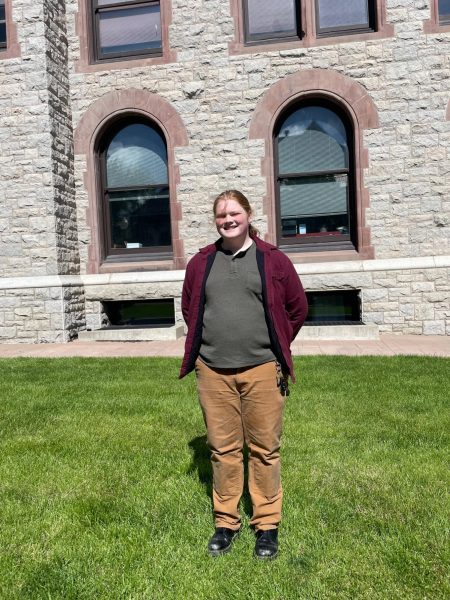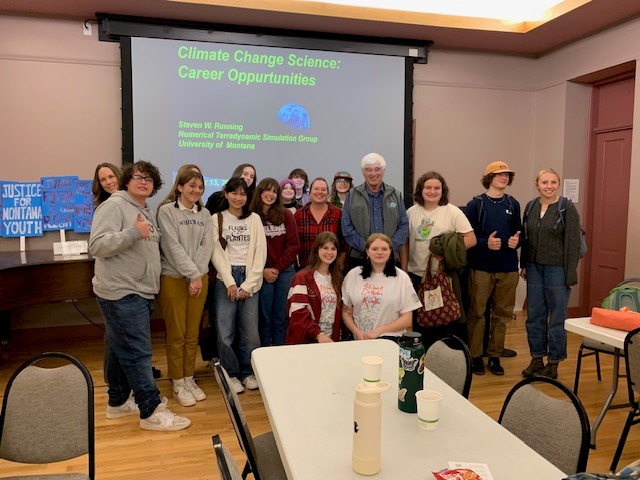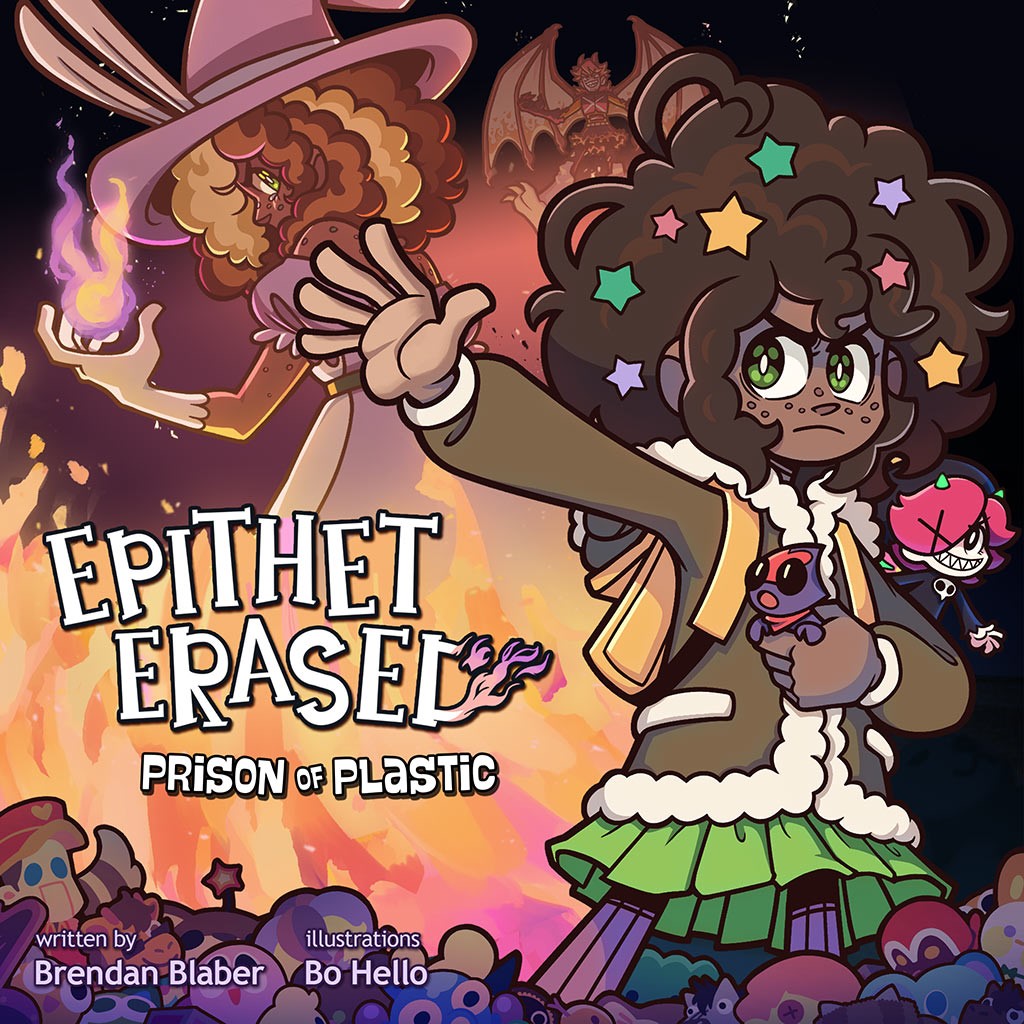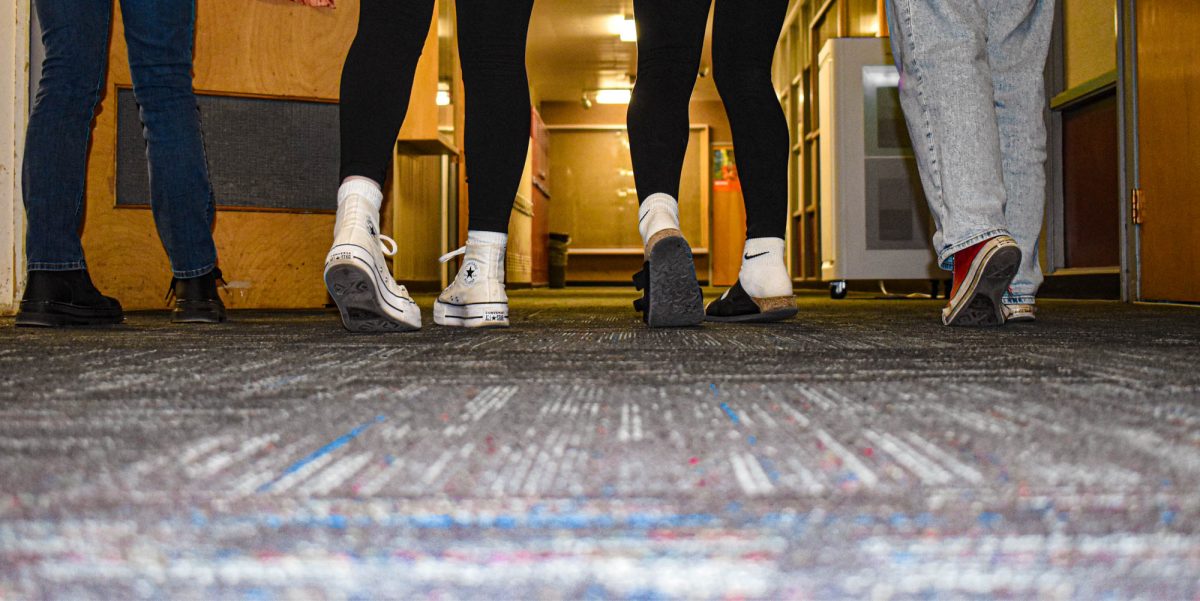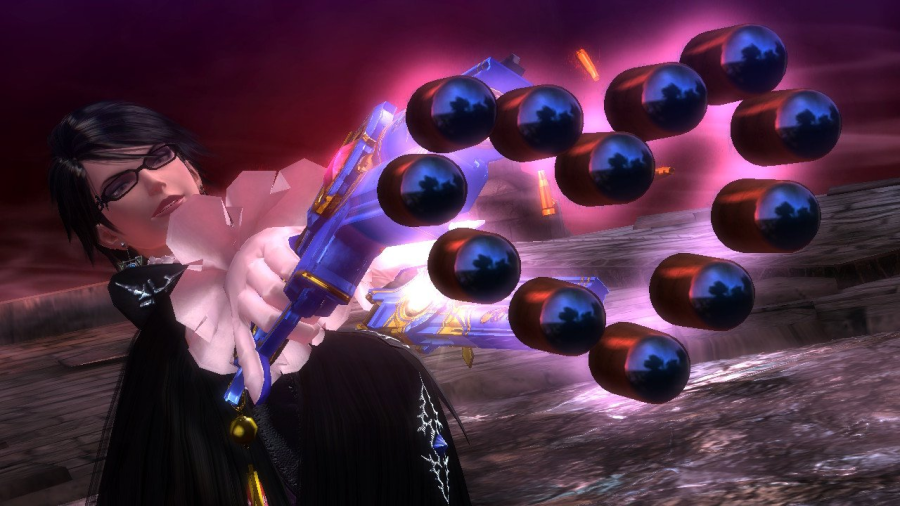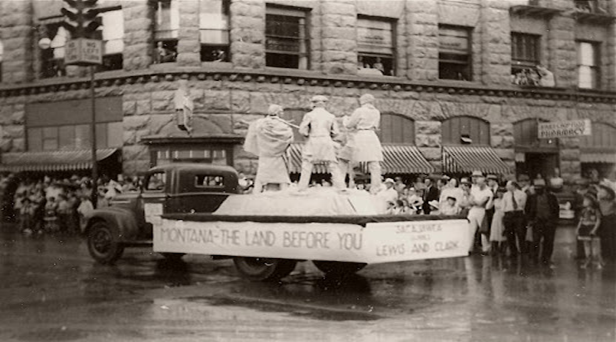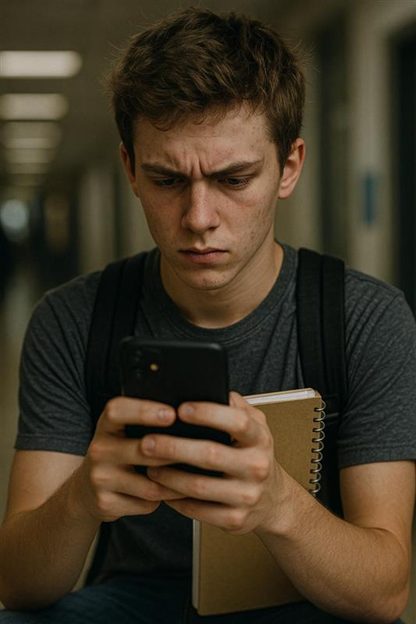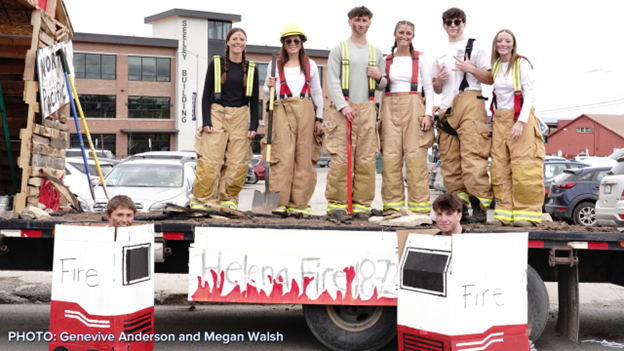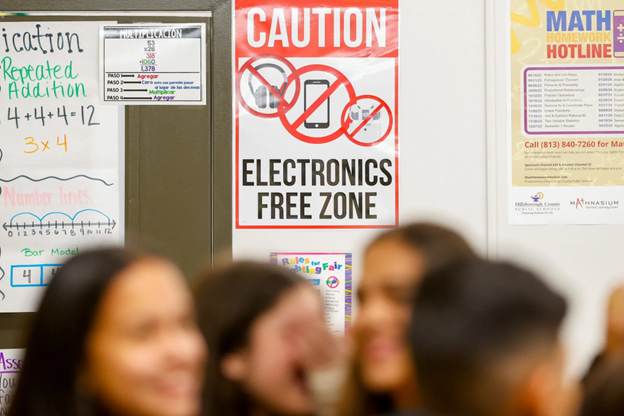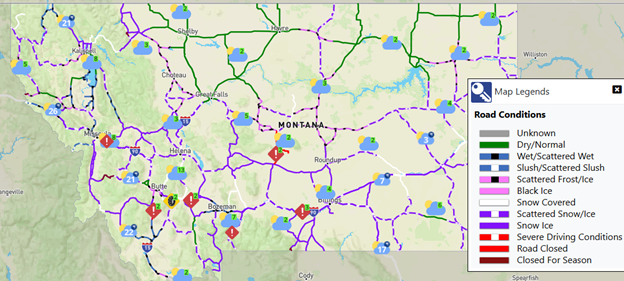Helena High freshman Jack Royal, a reporter for The Nugget, attended the Held v. State of Montana trial in Helena June 12-June 20 at the Lewis and Clark County Courthouse and at the Myrna Loy Center and Holter Art Center, where the trial was broadcast. He felt it was important to attend because of the trial’s national stature and its impact on Montana’s youth. Below is his first-person account of each day of the trial.
Held v. State of Montana is a unique trial, the first of its kind. Brought forth in Montana by 16 young plaintiffs from all over the state, this case shook the world. The problem? Montana laws that bar the state from considering climate change when approving mining and fossil fuel projects. After one week of testimony from the plaintiffs, the trial ended abruptly early the next week after the State cut two people from its witness list.
After two months of waiting, the public heard the outcome: District Judge Kathy Seeley ruled in favor of the plaintiffs, stating that the youth have a right to a clean and healthful environment as established in Montana’s constitution.
Now, on to the evidence and recap of the trial.
THE FIRST WEEK
I will talk about the trial and how I remember it, with assistance from Our Children’s Trust press releases for accuracy.
The opening arguments came from Our Children’s Trust—the non-profit organization providing legal representation—and the State of Montana. Our Children’s Trust argued that Montana emits more greenhouse gases than several countries, and that these emissions are causing changes in Montana’s climate that are harming the youth of Montana. The State argued that Montana is an insignificant contributor to global climate change and can do nothing to stop it, and that efforts in this area need to take place in Montana’s legislature rather than the courts.
On Day One, we heard two opening arguments, as well as testimony from Mae Nan Ellingson and from Nobel Peace Prize winner Dr. Steven Running. Ellingson was the youngest delegate of the 1972 Montana Constitutional Convention whose participants wrote the constitutional right to have a clean and healthy environment. Dr. Steven Running showed that the environment must be stabilized to 350 ppm (parts per million) of atmospheric carbon dioxide in order to reverse the effects of climate change in Montana.
Three plaintiffs also testified: Rikki, Grace, and Eva talked about how climate change has affected them. Rikki talked about how her family’s ranch has slowly begun falling apart, with the soil degrading, the nearby river drying up in the summer, and erosion of the river walls due to hard rain and winds. Grace talked about wildfire smoke affecting her soccer practices, and Eva described the Yellowstone River flooding near her home.
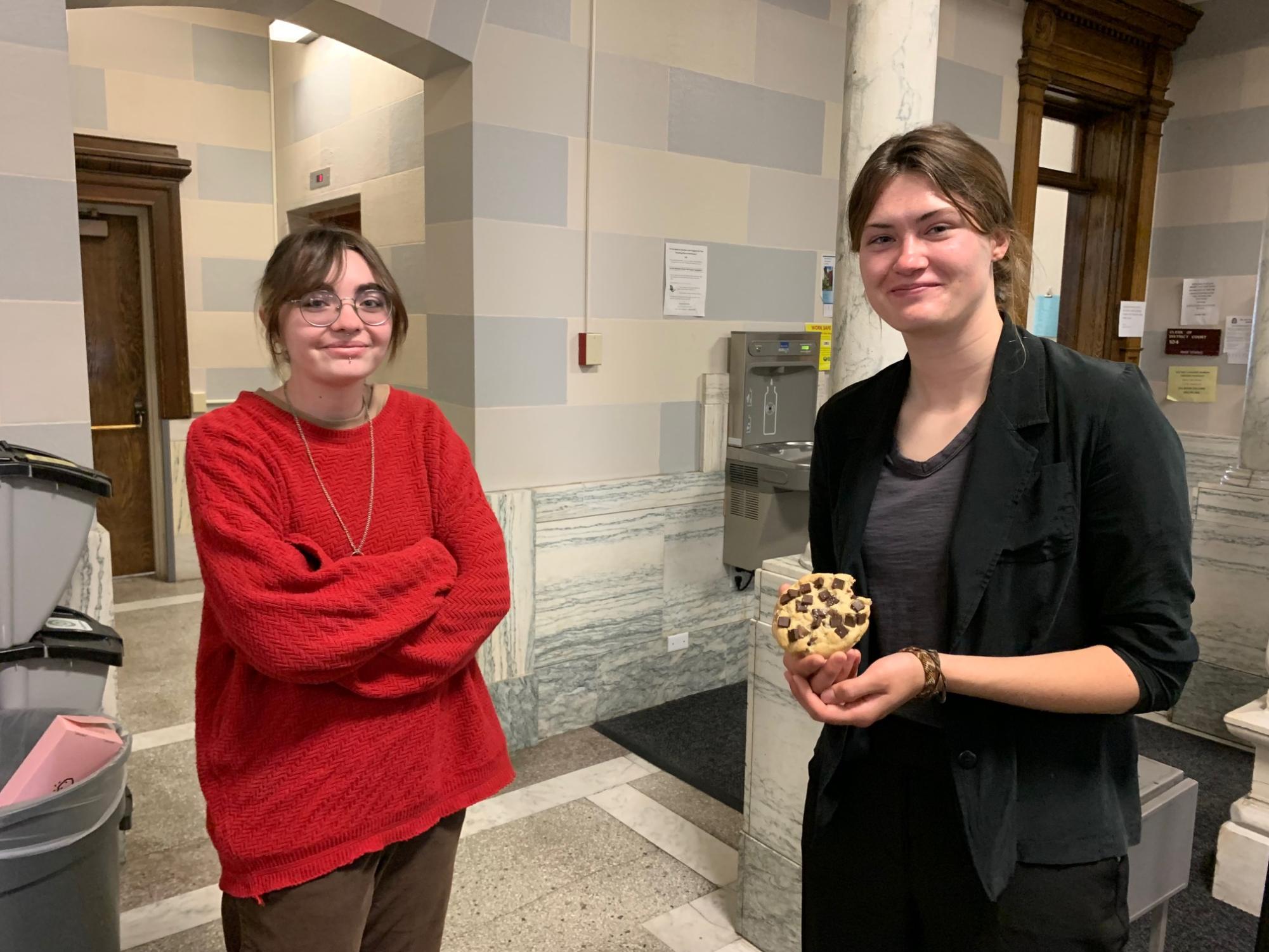
On Day Two, we heard testimony from Dr. Cathy Whitlock, an expert on environmental change and a professor at Montana State University, who explained that Montana has warmed faster than other states because of the state’s elevation. One plaintiff, Mica K., spoke about how he developed asthma after long exposure to smoke.
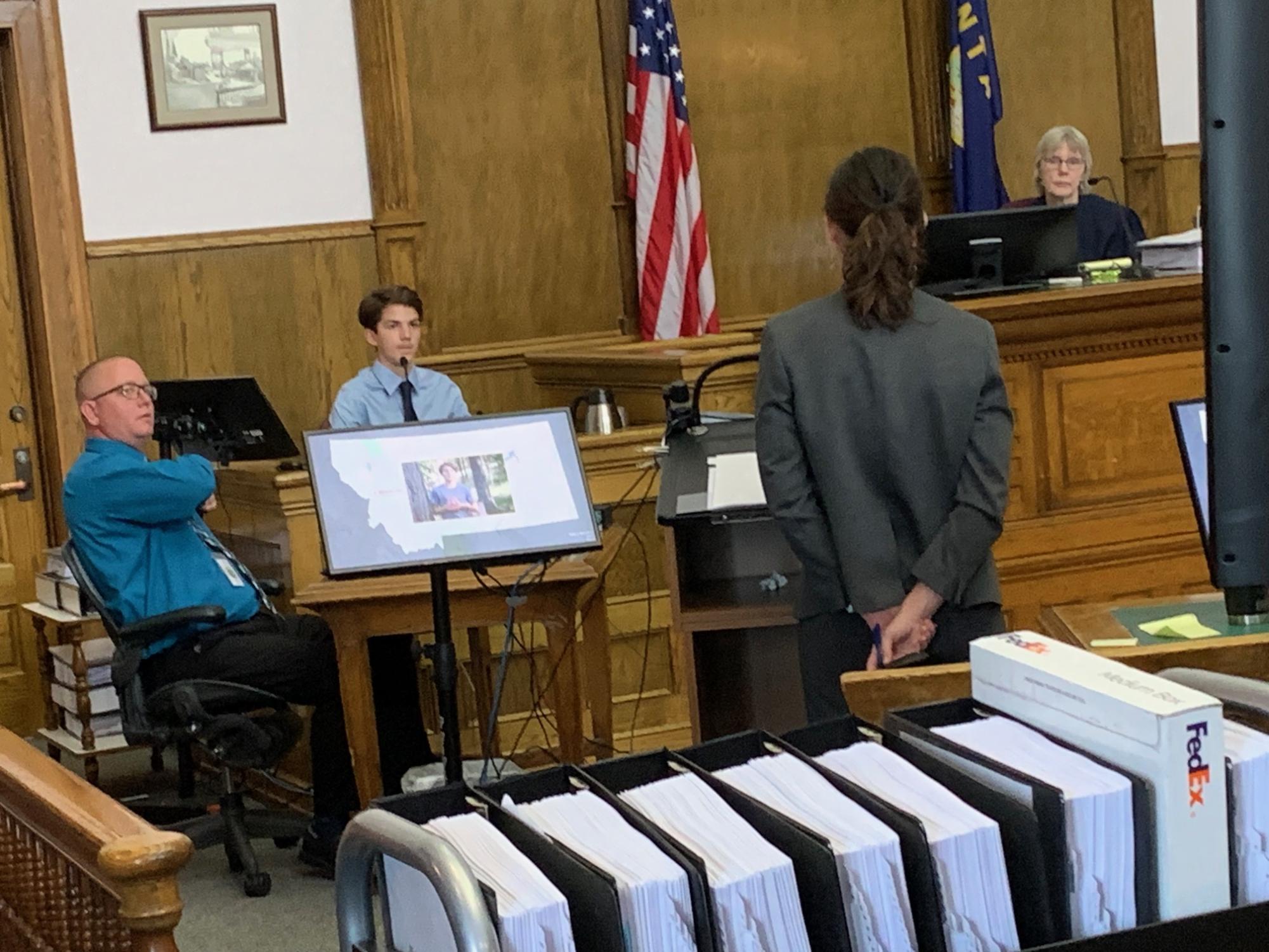
Dr. Dan Fabre, an employee of the Department of the Interior, showed that the glaciers in Glacier National Park will melt in the plaintiff’s lifetimes. Plaintiff Badge described how he loves the outdoors, but wildfires threaten his home. A pediatrician, Dr. Lori Byron who works with the Crow people, explained how climate change affects the health of Montana’s youth, such as intensifying asthmatic episodes.
Day Three began with Dr. Byron finishing her testimony about how climate change contributes to drug abuse and physical/sexual/mental abuse and can create problems in adulthood. Next, Shane Doyle, a Crow tribal member who holds a master’s in Native American Studies, testified on behalf of his daughters. He explained how rising temperatures have caused Crow Fair—a weeklong gathering featuring parades, powwows, and rodeos—to be delayed and canceled. Michael Durglo Jr., head of the Confederated Salish and Kootenai’s Historic Department, also described how rising temperatures have changed the times of traditional practices, and how that impacts those practices.
The first youth plaintiff of the day, Sariel, a Confederated Salish and Kootenai member, explained that she learned about climate change in high school and has experienced the wildfires caused by it. She said, “It is really scary seeing what you love disappear before your eyes.”
Dr. Jack Stanford, director of the Flathead Lake Biological Station, discussed the impact of climate change on the Montana freshwater ecosystem, climate, geomorphology, and ecology. Plaintiff Teleah spoke about how climate change has caused a loss in her income due to her inability to take care of horses because of smoky conditions. The last person to testify on Day Three, Plaintiff Georgi, a competitive Nordic skier, was forced to train inside, and could barely see the buildings outside due to heavy smoke.
Day Four of the trial opened with plaintiff Kian T., aged 18, who described how extreme heat has caused many soccer game cancellations and generally made it difficult to play.
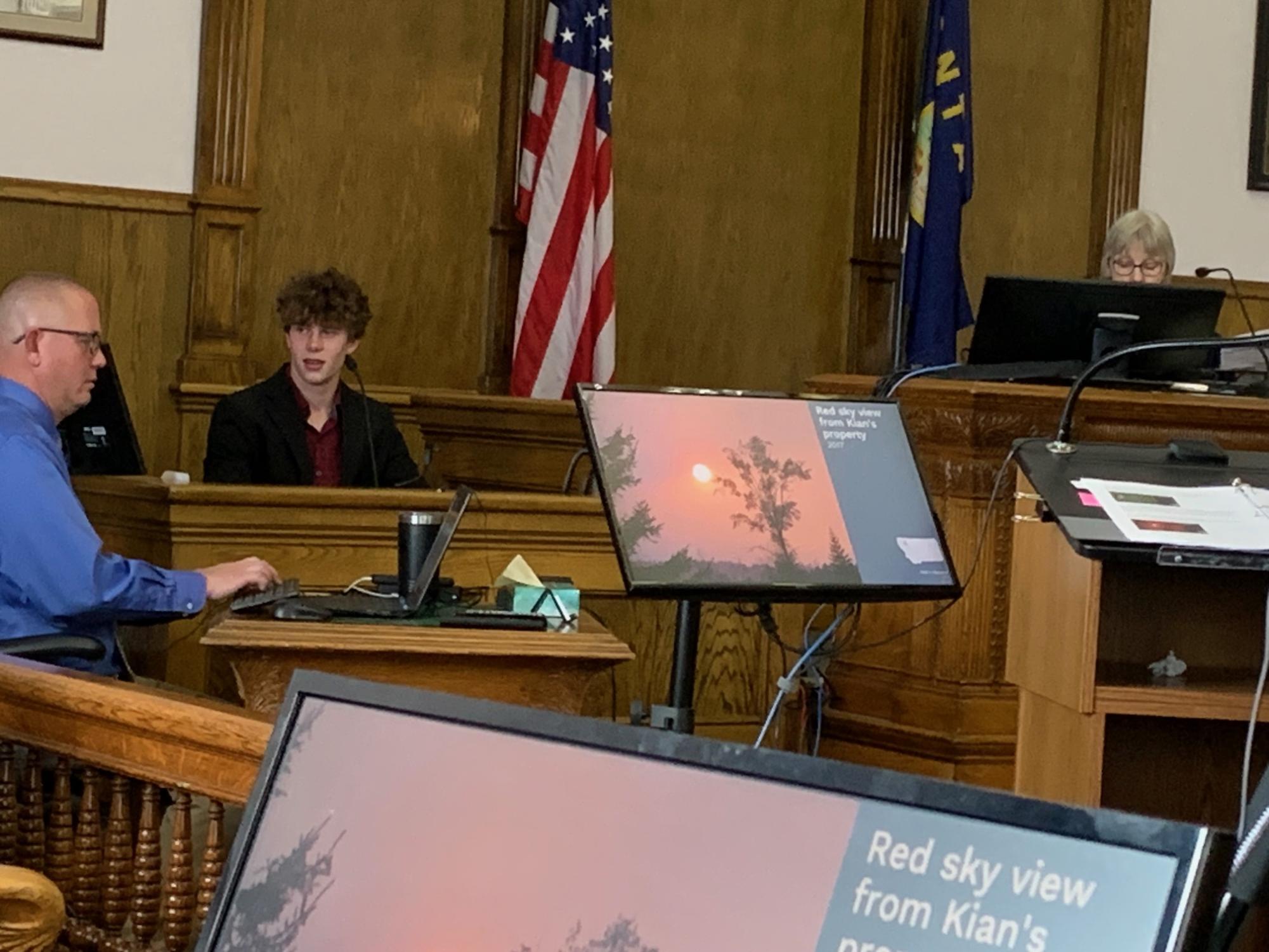
The next witness called to the stand was Anne Hedges, director of policy and legislative affairs at the Montana Environmental Information Center. She provided testimony on how the state knows fossil fuels are a danger to its residents, and why the state employs policies to prevent the consideration of greenhouse gas emissions when approving new mining and fossil fuel projects. To her knowledge, the state has never declined a fossil fuel-related project. In the courtroom, MEIC showed multiple mines that Montana had opened over the years, and the dates on when they were opened. Several fossil fuel projects had shut down over time, leaving the areas bare and polluted.
The last plaintiff of the day was Claire V., age 20. When asked about what winning the trial would mean to her, she described that it would be an affirmation that the legal system works the way it’s supposed to: “When I think about summer, I think about smoke. It sounds like a dystopian movie, but it’s real life.” The final witness of the day was Peter Erickson, a climate change policy researcher for the Stockholm Environment Institute in Seattle. He provided expert testimony on Montana’s contribution to global greenhouse gas emissions via fossil fuel consumption and extraction, and how it is globally significant. “We are at a decision point about taking action on climate change. The world community has decided we must,” he said. However, he pointed out, “Montana continues to issue fossil fuel permits.”
Day Four’s information comes from the Our Children’s Trust press release because I actually didn’t watch this day. I was not informed that the trial watching would not be at the Myrna Loy, so I spent the whole day wandering around downtown. I randomly met Representative Mary Ann Dunwell and attended the trial in the courtroom at the very end of the day.
Next, Day Five of the prosecution. We heard from Mark Jacobson, director of the Atmosphere/Energy program at Stanford University. Jacobson described the feasibility of transitioning Montana off fossil fuels by 2050 and supplying its energy needs via renewable resources. Upon hearing this, the defense attorney decided to try to plant doubt in the judge’s mind. How did he do this, you may ask? For a period of about five minutes, he asked the witness if he could convince everyone to buy a Ford F150 Lightning (an electric pickup truck).
The next witness was plaintiff Olivia V, who showed her original artwork with climate change themes. She described how her asthma and severe allergies prevent her from going outside much in the summer. “The state of Montana has an obligation to uphold our right to a clean and healthful environment,” she said. “I know they have the power to do this. I know it.”
After Olivia, Dr. Lise Van Sustreen, a psychiatrist and an expert on how climate change affects the physical and mental health of youth, took the stand. Dr. Sustreen explained how children are much more susceptible to the impacts of climate change, due to their dependence on adults, and their bodies and brains not being fully developed. The final plaintiff was Lander, age 18. He remembered fishing and hunting with his father in the Montana wilderness, a generational tradition. “All of this, particularly the smoke, is just a really weird, post-apocalyptic experience for me. Our family spends so much of our time outside, and it ends up taking a pretty big toll on our happiness and comfort.”
WEEK TWO
It was now the defense’s turn in the court. The defense (the state of Montana) aimed to do whatever it could to cause doubt in the plaintiffs’ testimony.
Three witnesses testified for the state on June 19: Mr. Chris Dorrington, Ms. Sonja Nowakowski, and Dr. Terry Anderson. Dorrington is director of the Montana Department of Environmental Quality (DEQ). During cross examination, he was asked about DEQ-permitted activities that may release greenhouse gas emissions (GHG). He agreed that these activities do cause greenhouse gas emissions, but he explained that the DEQ does not create the laws but upholds them.
The second witness was Sonja Nowakowski, administrator of the Air, Energy and Mining Division at Montana DEQ. Sonja repeatedly stated that the DEQ cannot refuse fossil fuel permits, even if it hurts the environment and the youth. She also stated that the DEQ has the ability to do an analysis of greenhouse gas emissions in Montana, but the law prevents them from doing so.
The final witness of the day was Dr. Terry Anderson, an economist and senior fellow at the Hoover Institution at Stanford University. He presented a quick, 15-minute testimony to the court. Anderson also brought notes, which included his expert report, but not a corrected one, like the one he published. When asked about the numbers by the plaintiffs, the state objected, but the objection was overruled. It was hard to focus on the trial. I think I drew Montana as Mister Krabs in my notebook.
The state decided not to call any of its other witnesses to the stand.
Both the plaintiffs and defense made their closing arguments: The state argued that the plaintiffs had exaggerated their harm, and that Montana could do nothing to stop climate change. The plaintiffs argued that, by supporting fossil fuels, the state is violating the youths’ rights to a clean and healthful environment; to seek safety, health and happiness; to individual dignity; and to equal protection as stated in Montana’s constitution. The attorneys left the courtroom shortly after, and the trial officially ended the following day.
I didn’t expect the trial to end 3 days early at around 12 noon, so I had to call my mom to pick me up. I also met HHS student and Green Group Outreach Director Nick DeWald outside the courthouse.
It wouldn’t be until two months later that the District Judge Kathy Seeley’s verdict would come: the 16 youth plaintiffs represented by Our Children’s Trust had won the case, and in a 103-page document, the judge’s ruling showed other reasons why Montana’s laws are unconstitutional.
This was a first-of-its-kind win for the youth of America and having a clean and sustainable place to live.
